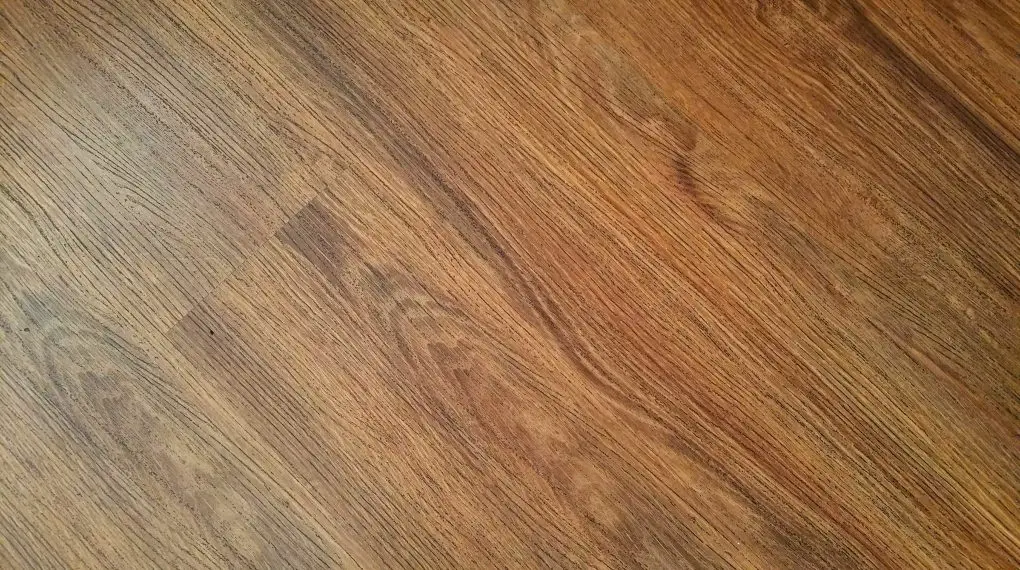Bringing the beauty of your new hardwood floors to life involves a critical process known as sanding. This step-by-step guide will help you master the art of sanding new hardwood floors, even if you’ve never done it before.

From Pexels.com by Digital Buggu
Why Sanding New Hardwood Floors is Essential
Sanding new hardwood floors is a significant step in floor finishing. It helps to remove minor blemishes, level out the floor, and prepare it for staining or sealing. This process ensures that your floors have a smooth, polished finish and enhances their longevity and appeal.
What You’ll Need
Before you begin sanding new hardwood floors, gather the following tools and materials:
- Drum sander or orbital sander
- Sanding paper of various grits (start from coarse to fine; 36-grit, 60-grit, and 100-grit)
- Edge sander (for sanding corners and edges)
- Protective gear (dust mask, safety glasses, and earplugs)
- Vacuum cleaner
- Tack cloth
Preparing for Sanding
Before you start sanding your new hardwood floors, it’s important to ensure your workspace is ready. Remove all furniture, rugs, and any other items from the floor. Check for any protruding nails and either remove them or hammer them down. Lastly, clean the floor to remove any dust or debris.
Sanding Your Hardwood Floors
The process of sanding new hardwood floors requires precision and patience. Here is a systematic guide:
1. Using the Drum or Orbital Sander
Load your sander with the coarsest grit sandpaper (36-grit). Start the sander while it’s off the floor, and slowly lower it onto the surface. Sand the main area of the floor, moving along the grain of the wood, not against it. Maintain a steady pace – moving too slowly can dig into the wood, while moving too quickly won’t sand the surface enough.
For more articles on sanding, click here: Sanding: Your Full-Circle Guide to Smooth Master
2. Sanding the Edges
Once you’ve sanded the main area of the floor, switch to the edge sander for corners and edges. Use the same grit sandpaper as you did for the main floor area.
3. Repeat with Finer Grit Sandpaper
After sanding the floor with the coarsest sandpaper, repeat the process with finer grits. This typically means switching to 60-grit, then 100-grit paper. Remember to vacuum and wipe the floor with a tack cloth between each sanding.
Post-Sanding Cleanup
Once you’ve finished sanding new hardwood floors, use a vacuum cleaner to remove any remaining dust. Then wipe the floor with a damp cloth or mop, ensuring it’s clean and ready for staining or sealing.
Conclusion
Sanding new hardwood floors can be a daunting task, but with the right tools and this detailed guide, you can confidently give your floors a perfect finish. Remember, the goal is not just to create a visually pleasing surface, but also to prepare your floors for long-lasting use and durability.